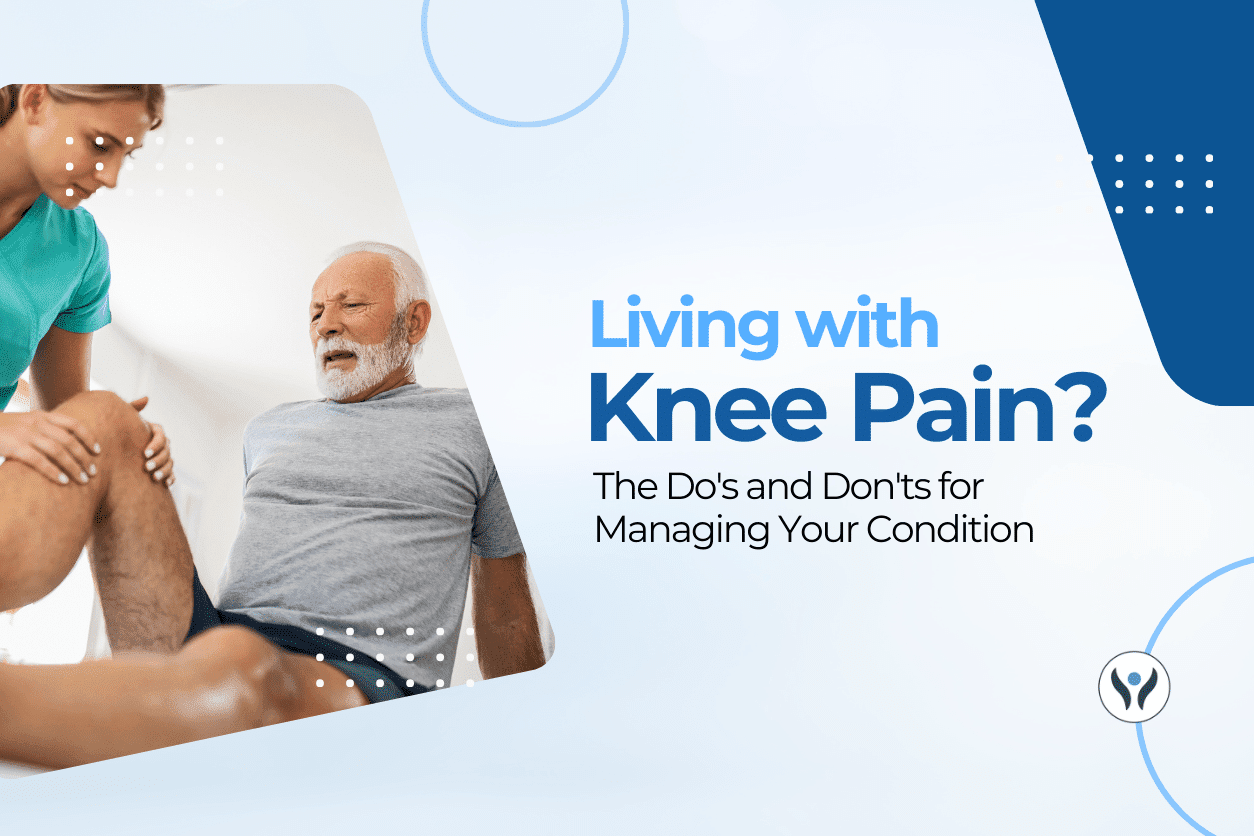Knee pain is a common issue affecting people of all ages, often caused by injuries, arthritis, or wear and tear over time. While many treatment options exist, Platelet-Rich Plasma (PRP) therapy has emerged as a highly effective and non-invasive alternative for those seeking long-term relief without the need for surgery or heavy reliance on medication.
What is PRP Therapy?
PRP therapy involves using your body’s own platelets, extracted from your blood, to accelerate healing in damaged tissues. These platelets are rich in growth factors that aid in tissue regeneration and repair, making them an ideal treatment option for knee pain caused by conditions such as osteoarthritis, ligament injuries, and tendonitis.
Why PRP is an Excellent Knee Pain Treatment
Natural Healing: Since PRP uses your own blood, it enhances the body’s natural healing process, reducing inflammation and promoting tissue repair without the use of foreign substances.
Minimally Invasive: Unlike surgery, PRP injections are minimally invasive, with little to no downtime. This makes it an ideal treatment for individuals looking to avoid more aggressive procedures like knee replacements.
Reduces Pain and Inflammation: PRP therapy has been shown to significantly reduce knee pain and inflammation by promoting the repair of damaged tissues and slowing down the progression of degenerative conditions like arthritis.
Long-Term Benefits: Many patients experience long-lasting relief from knee pain with PRP therapy, making it a cost-effective option over time compared to repetitive treatments like corticosteroid injections.
PRP vs. Traditional Treatments
Traditional treatments for knee pain, such as pain medications, physical therapy, and corticosteroid injections, often focus on managing symptoms rather than addressing the root cause of the pain. PRP, on the other hand, targets the damaged tissues, helping to heal and restore joint function, leading to more sustainable relief.
Is PRP Right for You?
If you’re dealing with persistent knee pain and seeking an alternative to surgery or long-term medication use, PRP therapy could be a viable option. Consult with a specialist to determine if this regenerative treatment is suitable for your condition.
By opting for PRP therapy, patients are choosing a treatment that focuses on healing and restoring joint health, offering a promising solution for long-term knee pain relief.









